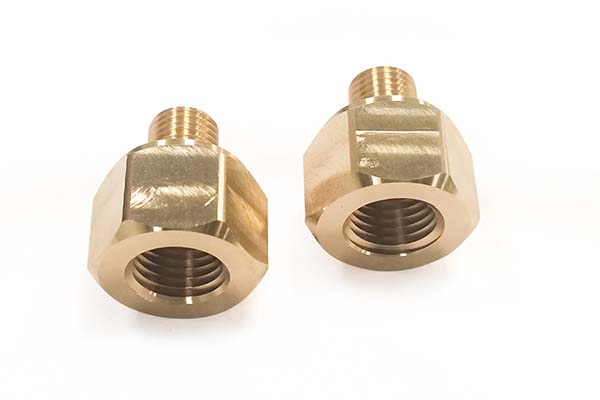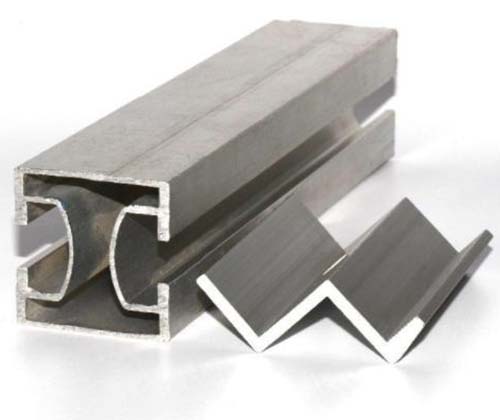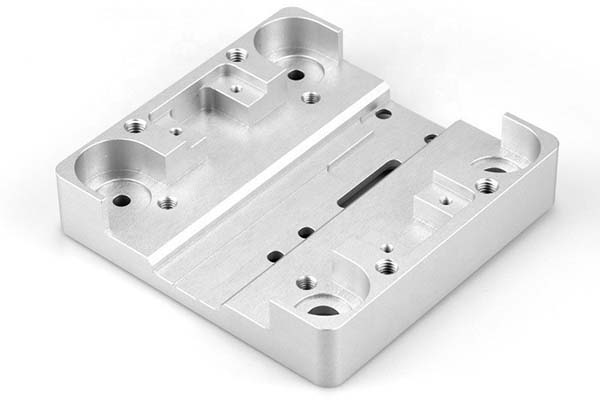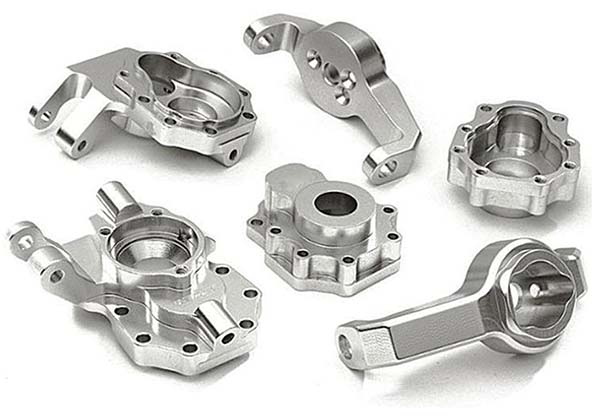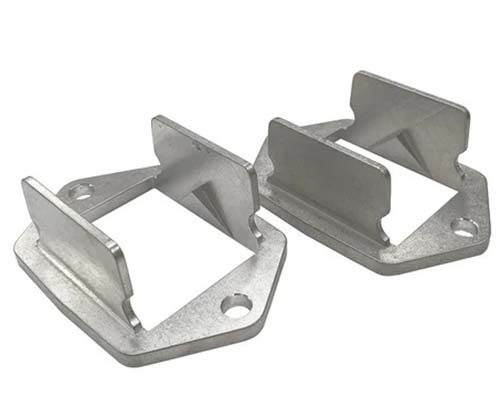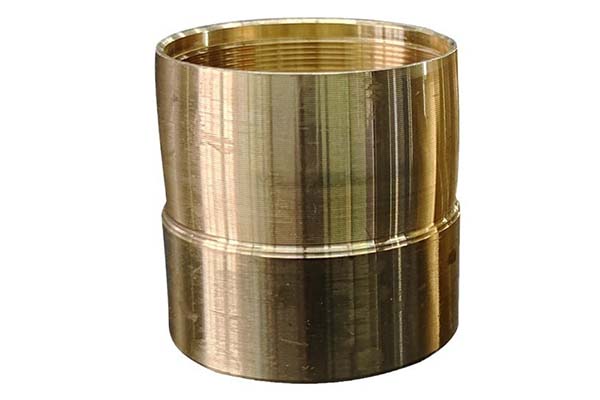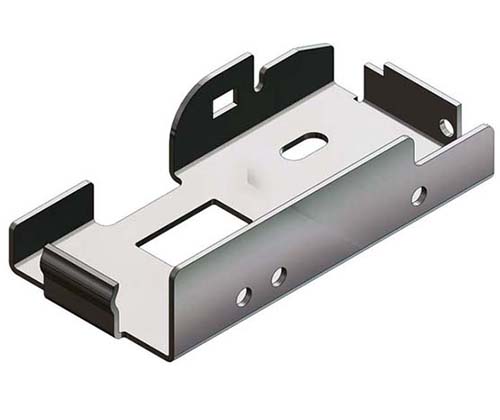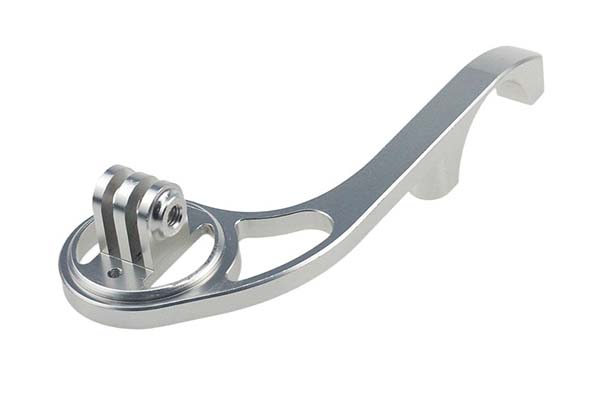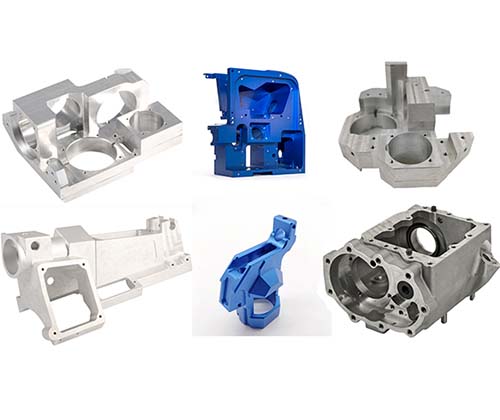Manufacturers seeking a material that combines strength, formability, and corrosion resistance often find themselves compromising—either sacrificing ductility for strength or settling for poor corrosion resistance in more malleable metals. This is where Metal Stamping C2600 (Cartridge Brass) stands out. As a 70/30 copper-zinc alloy, C2600 offers a rare blend of workability and durability, making it a staple in industries ranging from ammunition to plumbing. However, stamping it requires specialized knowledge to avoid issues like galling, edge cracking, and surface blemishes. In this guide, we’ll address these challenges, exploring C2600’s properties, processes, and applications to help you achieve consistent, high-quality results.
Metal Stamping Process for C2600 (Cartridge Brass)
Stamping C2600 brass demands techniques that leverage its unique balance of strength and ductility:
- Progressive Die Stamping for Brass: Ideal for high-volume parts like electrical terminals, this process uses a sequence of dies to shape C2600 in stages. Its excellent cold workability allows for multiple forming steps without intermediate annealing, reducing production time.
- Blanking, Piercing, Bending C2600: Blanking requires sharp dies with 7–9% clearance to ensure clean edges. For bending, use a minimum radius of 0.5× material thickness—C2600’s ductility prevents cracking even with tight bends.
- Deep Drawing Cartridge Brass: C2600 excels here, with draw ratios up to 2.5:1. Use moderate press speeds (15–20 strokes per minute) and apply a sulfurized oil lubricant to reduce friction and prevent galling.
- Annealing & Stress Relief: While C2600 resists work hardening, intensive forming (e.g., deep drawing) may require annealing at 500–600°C for 30–60 minutes. This restores ductility and reduces residual stress, critical for parts like cartridge cases that undergo pressure testing.
Material Properties & Benefits of C2600 Brass in Stamping
C2600’s performance stems from its 70/30 brass (Cu-Zn alloy) composition, which delivers a unique set of properties:
- Mechanical Strength: Tensile strength ranges from 345 MPa (annealed) to 655 MPa (cold-worked), combining high tensile strength with impressive ductility (30–60% elongation).
- Corrosion Resistance: Naturally resistant to atmospheric corrosion and freshwater, though it can suffer from dezincification in high-chloride environments. For such cases, adding a small amount of arsenic enhances dezincification resistance.
- Electrical & Thermal Conductivity: Moderate conductivity (28–32% IACS) makes it suitable for electrical connectors where conductivity is important but not critical.
- Machinability & Formability: Among the easiest brass alloys to stamp and machine, C2600 produces clean cuts and requires minimal tool maintenance.
These properties make C2600 a versatile choice for applications needing both formability and durability.
Common Applications of C2600 Stamped Brass Components
C2600’s versatility shines across industries:
- Cartridge Cases (Ammunition): Its strength and malleability make it ideal for containing gunpowder and withstanding firing pressures.
- Electrical Terminals & Connectors: Balances conductivity and formability for reliable connections in wiring harnesses and circuit breakers.
- Plumbing Fittings & Valves: Resists corrosion in freshwater, making it a staple in residential and commercial plumbing.
- Automotive Fuel System Parts: Withstands exposure to gasoline and diesel, used in fuel lines and injectors.
- Musical Instrument Components: Produces clear tones in brass instruments like trumpets and trombones, thanks to its acoustic properties.
Each application leverages C2600’s unique combination of strength, formability, and corrosion resistance.
Design & Tooling Considerations for C2600 Brass Stamping
Successful C2600 stamping requires careful attention to design and tooling:
- Optimal Punch/Die Clearance: For C2600, 7–9% clearance (based on material thickness) prevents burring and tool wear. Too little clearance causes die damage; too much leaves ragged edges.
- Grain Direction Effects: Stamp with the grain for maximum ductility in bending. Cross-grain stamping may increase springback by 1–2 degrees, requiring adjustment in die design.
- Lubrication Requirements: Use anti-galling lubricants with sulfur or phosphorus additives. Apply a thin, even layer—excess lubricant can attract contaminants and affect surface finish.
- Tool Material Selection: Carbide dies are ideal for high-volume runs, as they resist wear from C2600’s abrasiveness. For lower volumes, tool steel (D2 or A2) offers a cost-effective alternative.
Challenges & Best Practices in Stamping C2600 Brass
Overcoming C2600’s quirks ensures consistent quality:
- Preventing Material Galling & Adhesion: Polish die surfaces to Ra ≤ 0.4 μm and use anti-galling lubricants. Clean dies every 1,000–2,000 strokes to remove brass buildup, which can cause scratches.
- Edge Cracking Mitigation: Ensure blank edges are smooth and free of burrs, as sharp edges act as stress risers. Anneal after blanking for parts with thin sections.
- Burr Minimization Strategies: Use sharp dies and maintain proper clearance. For critical parts, add a deburring station to remove any remaining burrs, which can interfere with assembly.
- Tarnish Control: Post-stamping, clean parts with a mild detergent to remove lubricants, then apply a clear lacquer or chromate conversion coating to prevent tarnishing.
Yigu Technology’s Perspective
As a custom manufacturing supplier in China, Yigu Technology specializes in Metal Stamping C2600 (Cartridge Brass) for ammunition, electrical, and plumbing clients. We optimize tooling clearance and lubrication to prevent galling, ensuring clean edges and smooth surfaces. Our process includes annealing for deep-drawn parts, maintaining C2600’s ductility while meeting tight tolerances—critical for high-performance components like fuel system parts and electrical connectors.
FAQs
- How does C2600 compare to C1100 copper for electrical parts?
C2600 offers higher strength but lower conductivity than C1100. Use C2600 for connectors needing durability; C1100 for high-conductivity applications like PCB contacts.
- Can C2600 be used in marine environments?
It’s not ideal—saltwater can cause dezincification. For marine use, choose a dezincification-resistant brass (e.g., C35300) or apply a protective coating.
- What’s the maximum thickness for stamping C2600?
Practical for sheets up to 3mm thick. Thicker material (3–6mm) requires heavier presses and may need pre-heating to 100–150°C to improve formability.
